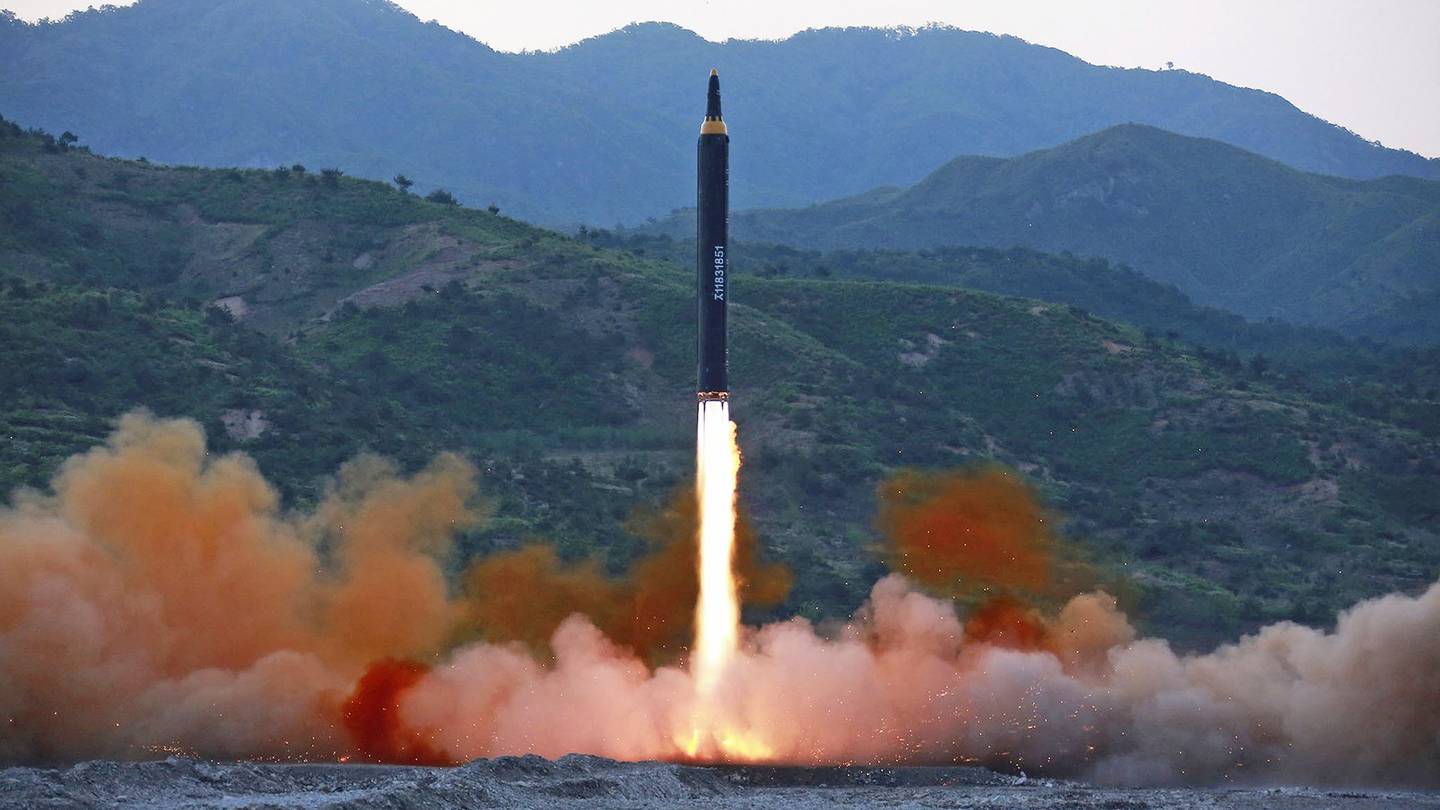
Following North Korea's April 15th military parade, The War Zone pointed out a new potential North Korean capability to watch for. That capability rolled through Kim Il Sung Square in the form of a pair of what appeared to be stretched BM-25 Musudan intermediate range ballistic missiles (IRBMs) coated in a black substance and topped with a small reentry vehicle possibly capable of carrying a single nuclear warhead.
Many were calling this missile system a version of the long-displayed but never tested KN-08, but in our after-parade analysis report we noted that this was likely incorrect. Instead it seemed that it was an extension of another system—one that had already been successfully tested:
"At first glance it almost appears to be a new version of the KN-08, but without its distinctive three-tier layout. Instead it seems that the missile is nearly un-tapered at its second stage joint, and its nose section has been completely remodeled. Upon closer examination it really seems more plausible that it is a lengthened BM-25/HS-10 Musudan IRBM. It is even being hauled around in a Musudan's TEL. Not just that, but it matches the black and white paint job of Musudan missiles that have been test fired over the last year. Even though its success record remains poor, the Musudan has been successfully test fired, and this new and improved version would be a threatening development for the region. There is also the possibility that this new version could use solid fuel for its upper stage."
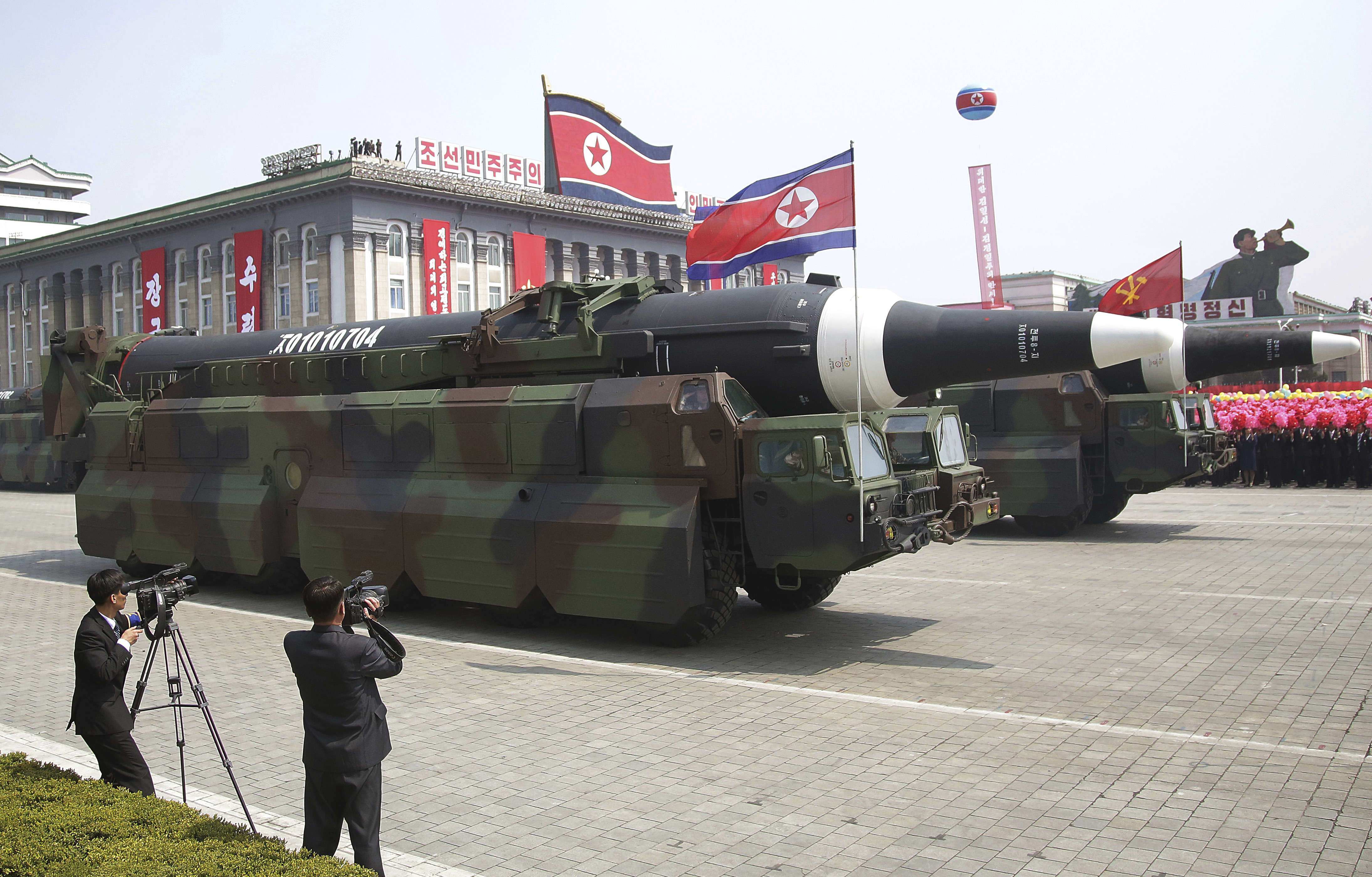
AP
The extended Musudan missile The War Zone identified during North Korea's April 15th parade.
This same missile was test fired from Kusong, North Korea, this weekend, flying on a steep parabolic trajectory to an altitude of 1,300 miles, and downrange nearly 500 miles before splashing into the Sea of Japan. By most estimates, if the missile were to take a more shallow, lofted flight profile that maximized range, it could reach out to roughly 2,800 miles.
Checkout the launch and all the pictures released form it in this video:
The test was not just successful but downright impressive, and it is fairly safe to say that it represents the most capable North Korean ballistic missile launch as of yet.
Although the usual missile frenzy ensued following the launch, with many of the reports over the weekend, and even some TV pundits, stating that the missile could be capable of hitting America's lower 48 states, this is wholly inaccurate. But the missile system does pose a threat to Guam—an American territory and one of, if not the Pentagon's most strategically important operating locations in the entire hemisphere.
Guam is the home of the sprawling Andersen AFB, with its constant flow of airpower including a continuous rotation of heavy bombers. The US Navy is also dependent of the island for logistics and forward operations. Department of Defense communications and command and control capabilities are also centered on Guam.
The strategic island is protected by a Terminal High-Altitude Area Defense (THAAD) battery that could theoretically fend off a low to medium volume ballistic missile attack, but the system doesn't offer any sort of impenetrable shield over the island that could repulse large barrages of ballistic missiles, like those that could be fired by say China. So THAAD's presence on Guam is aimed primarily at one threat—North Korea. Hence the unit's nickname, the "Musudan Manglers." So it's not as if Guam is left without a defense to a North Korean missile strike, and there is still the question of how accurate a North Korean missile could be at its maximum range, not to mention the questionable state of North Korea's reentry systems and miniaturized warhead development programs.
This new missile is being called the Hwasong-12, As stated earlier, it seems to be an updated and extended range version of the BM-25 Musudan, which carries the designation Hwasong-10. Both missiles have little in common with other far shorter-ranged and less complex missiles that have a similar name prefix.
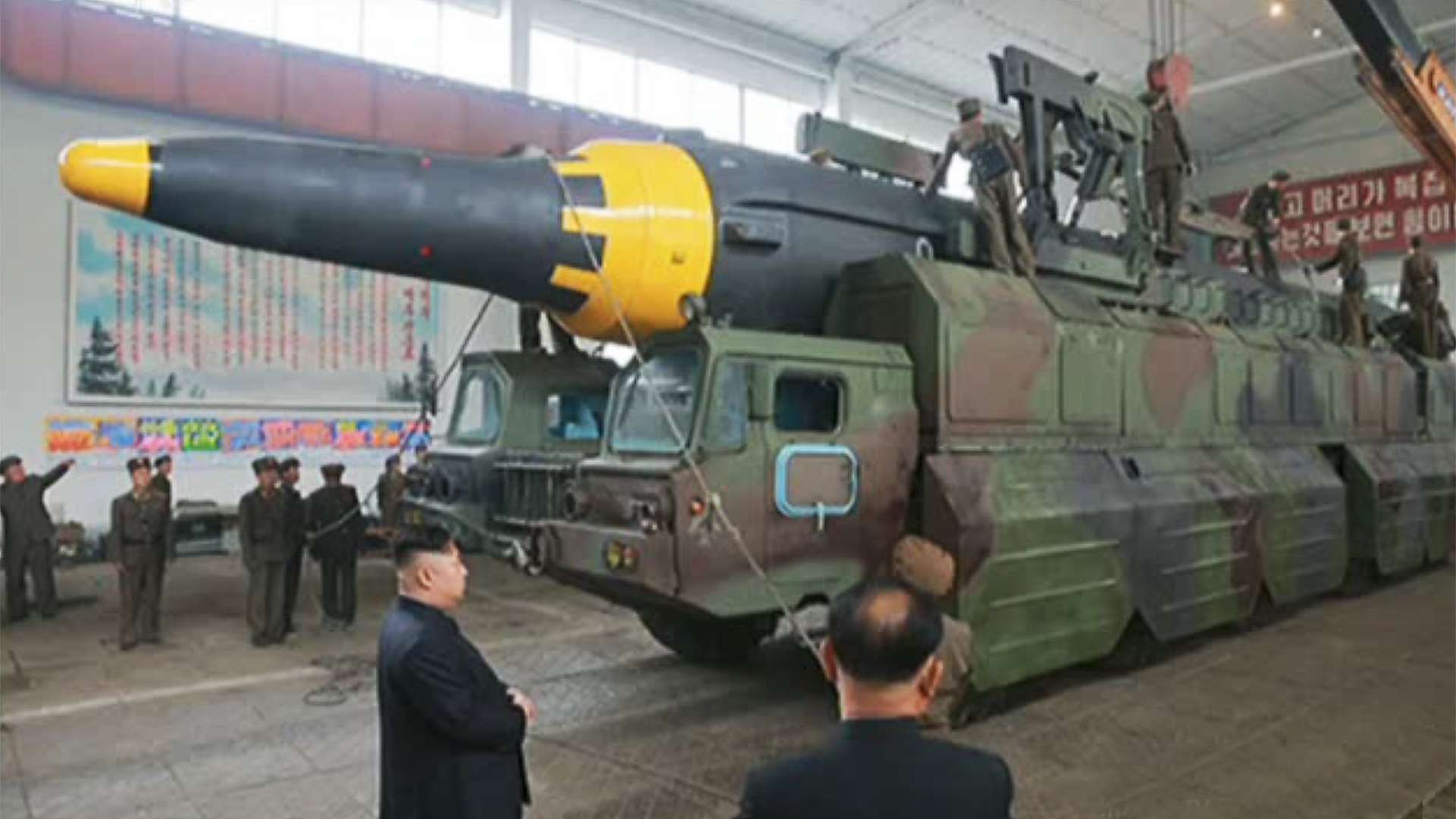
Youtube Screencap
Kim Jong Un inspects the Hwasong-12
North Korea state media reported in its normal grandiose fashion that the missile was a "new ground-to-ground medium long-range strategic ballistic rocket," named Hwasong-12. And that it was "capable of carrying a large, heavy nuclear warhead." They added that the test "verified the homing feature of the warhead under the worst re-entry situation and accurate performance of detonation system." North Korean state media also quoted Kim as saying:
"The most perfect weapon systems in the world will never become the eternal exclusive property of the US... Strongly warning the US should not disregard or misjudge the reality that its mainland and Pacific operation region are in North Korea's sighting range for strike."
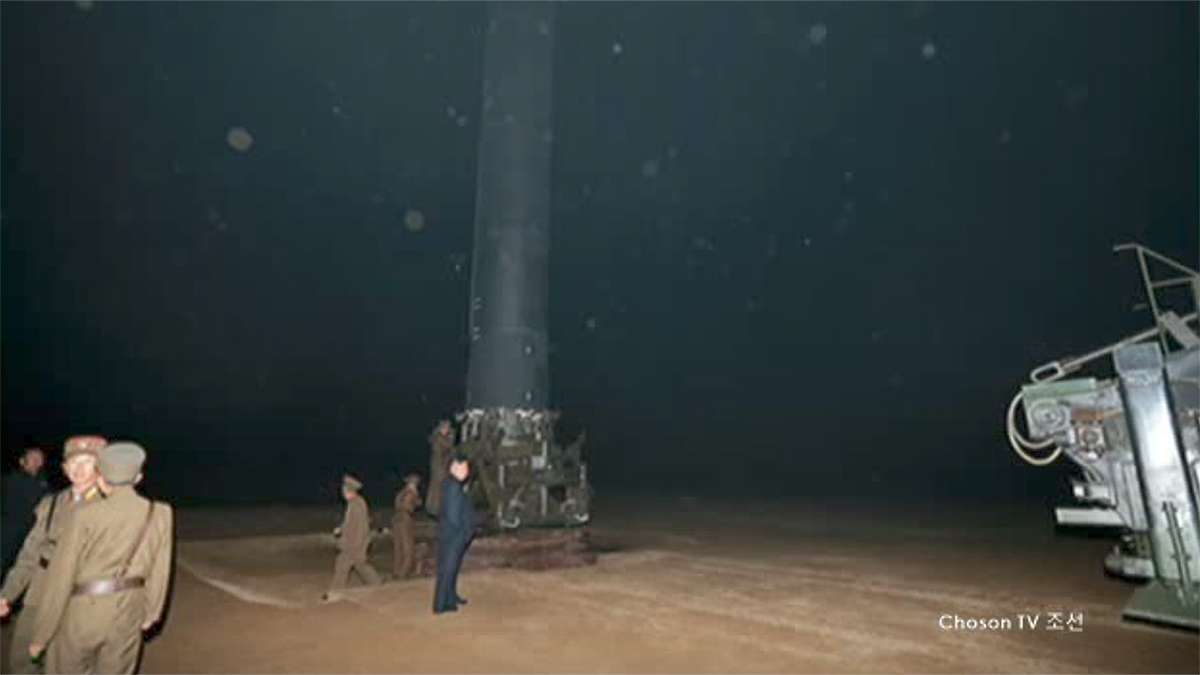
Youtube Screencap
North Korea released a series of pictures and video of the missile's launch, including those with Kim Jong Un "overseeing" its execution and tooling around the launch facility. One interesting note is that although the missile arrived on the same type of transporter-erector-launcher used by the Musudan, it was actually launched from a small stand. As such, it would appear that, at least for this first test, North Korean testers either didn't want to risk a TEL, or that the missile is not compatible with the TEL for launches and needs to be dropped off on a stand before being fired.
As for the big liquid vs solid fuel question that has become something of a laughable point of hyperbole in the press as of late, the Musudan uses liquid fuel. This means it has to be set in an upright position and fueled before launch. This leaves it vulnerable for a period of time, usually measured in dozens of minutes to a handful of hours, before being sent on its way. There is nothing to indicate this extended version—literally extended in physical length and range—of the Musudan uses any other form of propellant. If anything, it is possible that the second stage could have been converted to a solid fuel system, but that is just a possibility, and is not based on any hard evidence.
The flight trajectory of recent North Korean missile tests has also led to some confusion in the press. To test an intermediate-range missile like this, using a steep-parabolic trajectory is useful for keeping the missile within the region surrounding North Korea, while also allowing engineers and scientists to examine the missile's complete burn capability. Beyond the geopolitical issues with having a missile travel in a lofted "cross-range" flight profile, it may be challenging for North Korea to maintain proper surveillance of and connectivity with the missile as it flies thousands of miles away. This is not the case when a largely vertical trajectory is used. So although sending a missile like this far out into the Pacific would be an intimidating move by North Korea to say the least, Pyongyang's scientists may not learn much from such a flight, at least directly.
Using a steep parabolic flight profile, much of which is over North Korean territory, also makes the missile harder to engage with anti-ballistic missile systems in the region. In fact, such a profile could even be used during a time of war against targets far closer to North Korea than Guam in an attempt to "beat" the types of anti-ballistic missile defenses that will only grow more plentiful in the area going forward.
There is also the question of North Korea using its ballistic missiles and nuclear capabilities to deliver an electromagnetic pulse high over an enemy country, like say Japan, as its effects could be far more devastating in the long term than striking a single base or city with a nuclear device in a traditional manner.
Even using an EMP attack over South Korea is not out of the question if the regime felt itself cornered during conflict. North Korea remains one of the most "analogue" countries in the world with a large standing army. As such, using such a weapon, even if its effects will spill well into North Korean territory, would likely cause much more harm to South Korea—its people and its warfighting capabilities—than to North Korea.
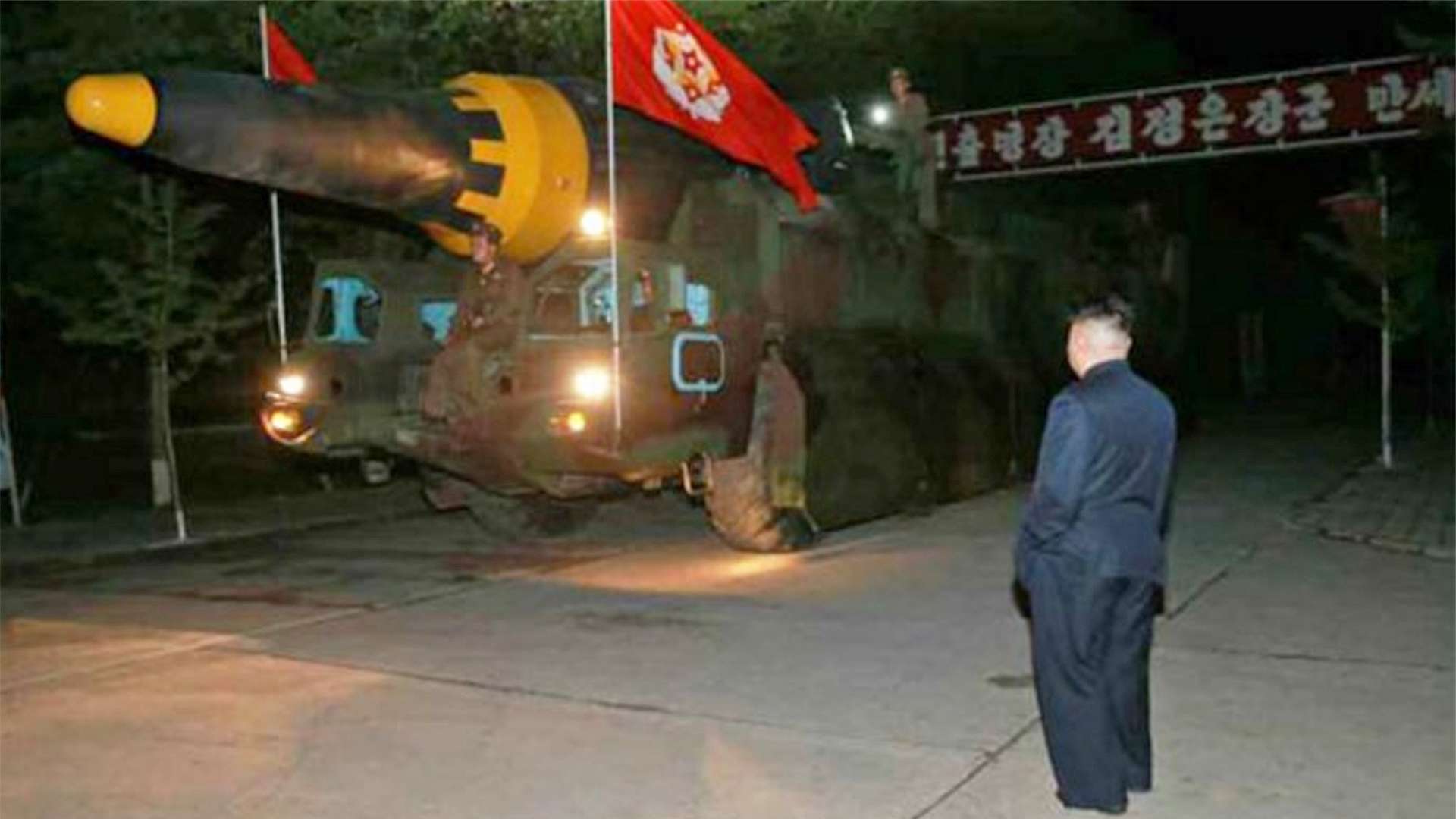
Youtube Screencap
As for the Trump administration's response to the launch, well it was strange to say the least. A White House press release reads:
"The President has been briefed on the latest missile test by North Korea.
With the missile impacting so close to Russian soil – in fact, closer to Russia than to Japan – the President cannot imagine that Russia is pleased.
North Korea has been a flagrant menace for far too long. South Korea and Japan have been watching this situation closely with us. The United States maintains our ironclad commitment to stand with our allies in the face of the serious threat posed by North Korea. Let this latest provocation serve as a call for all nations to implement far stronger sanctions against North Korea."
A White House statement that intends to speak for another country is odd, and it prompted a response today from Putin, who is currently visiting Beijing, and is likely discussing America's role in the region with Chinese officials:
"I want to confirm that we are categorically against the expansion of the club of nuclear powers, including with the Korean peninsula and North Korea... But at the same time, we understand that what we have observed in the world recently, and specifically flagrant violations of international law and incursions into the territory of foreign states, changes in regime, lead to such kinds of arms races... We need to return to dialogue with North Korea and stop scaring it and find ways to resolve these problems peacefully."
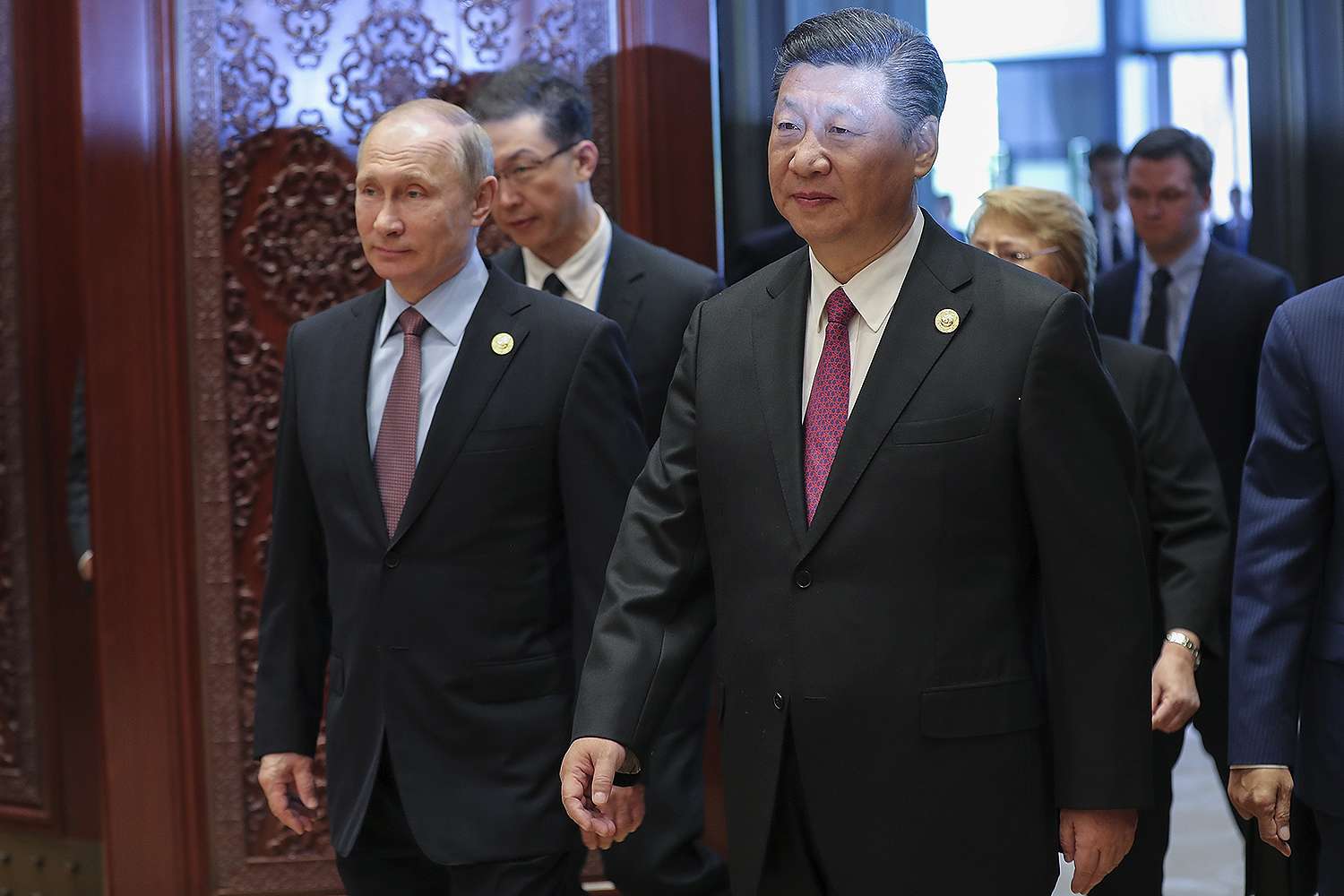
AP
Putin along Xi Jinping at China's Belt and Road Forum.
The Russian Ministry of Defense also put out a statement that contradicted the White House, saying the missile landed in the Sea of Japan some 300 miles form the Russian coastline instead of just 60 miles off Russia's strategic port of Vladivostok as the US military has claimed.
The timing of the launch is also interesting when it comes to China, as the Chinese are currently holding a high-profile international economic forum. Having their neighbor and supposed ally firing off ballistic missiles during such an event is clearly an unwanted distraction for Beijing. It also speaks at least anecdotally to the chilling relationship between the two countries, and that it seems by most accounts China is losing control over Pyongyang.
The successful launch will also likely spur Japan's own budding but controversial plans to counter the growing missile threat from North Korea. Prime Minister Shinzo Abe made it clear today that the strategic equation is indeed changing rapidly in the region:
"It is indeed very clear that the threat posed by North Korea's missile and nuclear program is now entering into a new stage. That is our recognition."
Finally, and maybe most importantly, the launch brought a reaction from South Korea's new President. Much has been made about Moon Jae In's softer stance toward North Korea, and how it could even undermine America's military efforts in the region. And it is true, candidate Moon had stated he wanted to reach out to the Kim regime, and was even interested in directly negotiating with North Korea at the highest levels, but the reality is that as President, he still has millions of South Koreans to protect. And although pundits declared his election could signal a massive shift in Seoul's policy towards the North, possibly including kicking America's THAAD battery out of the country, that was always unlikely to happen.
Now that the new President is in office, it seems that the status quo will likely stay largely in place, but with a bit softer dialogue than what the past administration used to describe it. The President's spokesman responded to the launch stating:
"The president said while South Korea remains open to the possibility of dialogue with North Korea, it is only possible when North Korea shows a change in attitude."
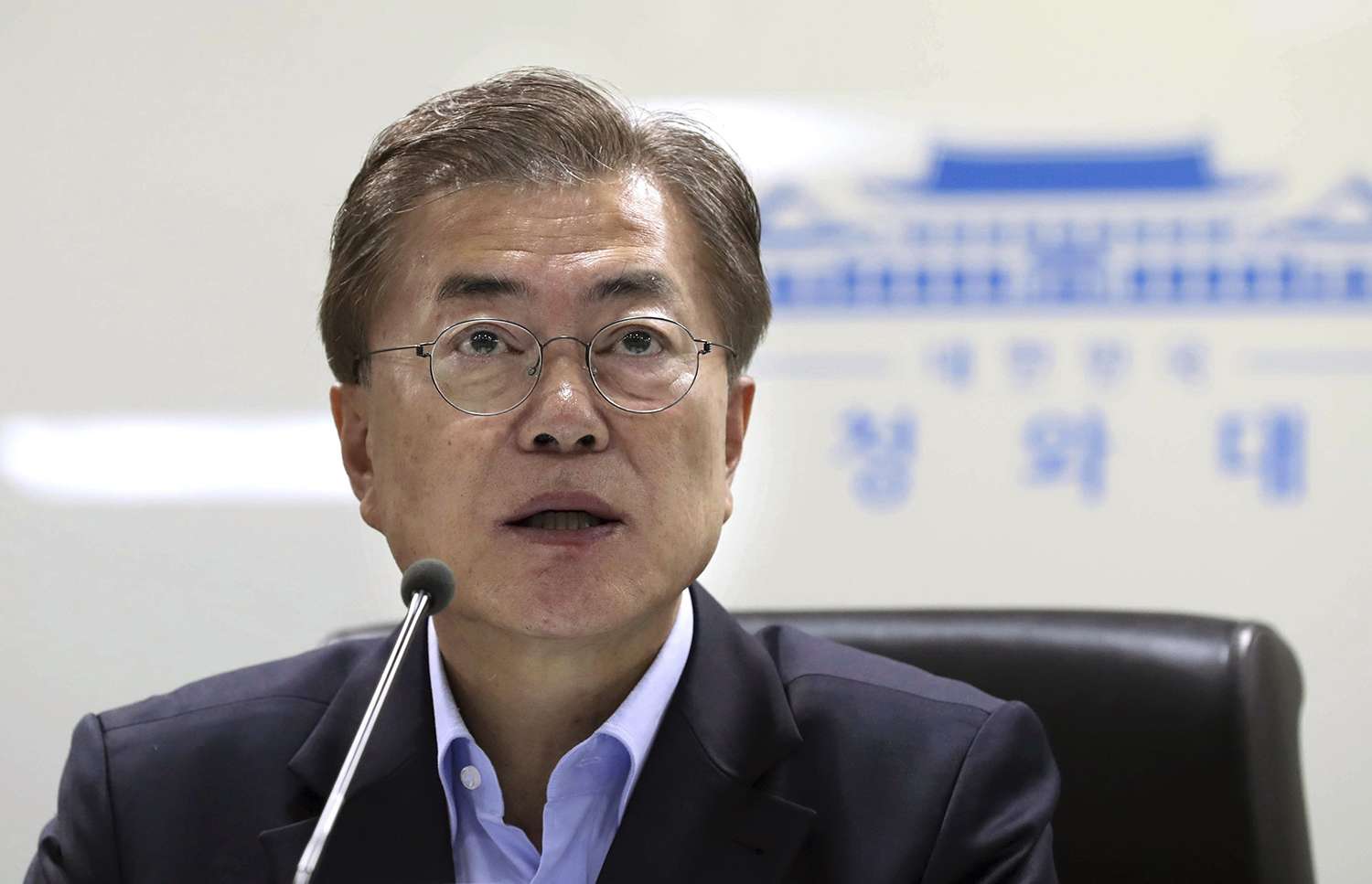
AP
South Korea's new President Moon Jae In.
That change in attitude is unlikely to occur, and the statement is made just a couple of days after Moon said he would "urgently try to solve the security crisis... If needed, I will fly straight to Washington. I will go to Beijing and Tokyo and, if the conditions are right, to Pyongyang also."
I guess we can only hope that somehow a "change in attitude" by Pyongyang will occur so that he can put his plan to work. Donald Trump has also said he would directly negotiate with Pyongyang, but like Moon, there would have to be a change in North Korea's behavior for there to be even a possibility of such a diplomatic offensive to occur.
In the meantime, we are still waiting for the country's sixth nuclear test, and considering Kim Jong Un only continues to accelerate his missile programs, that test will likely occur much sooner than later.
http://www.thedrive.com/the-war-zon...t-north-koreas-most-successful-missile-launch
